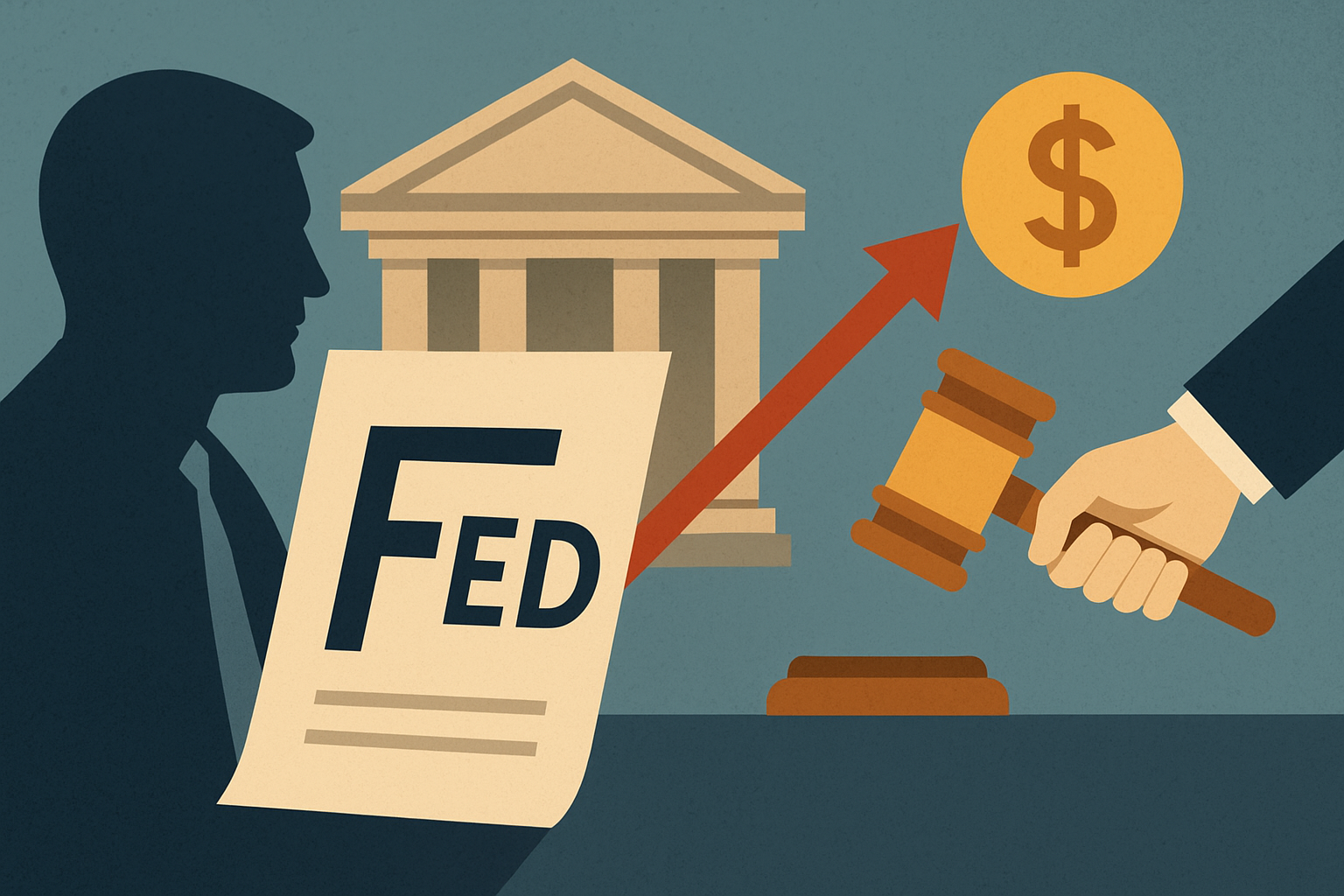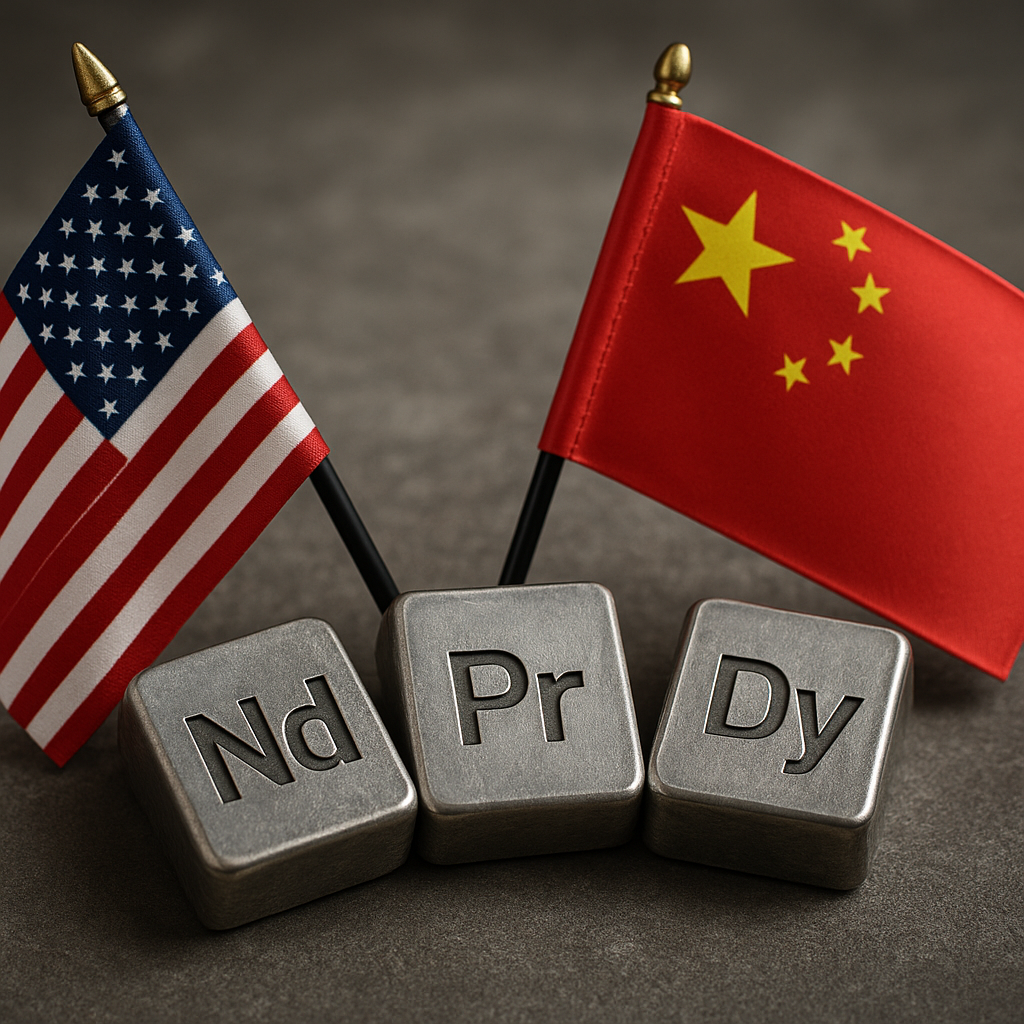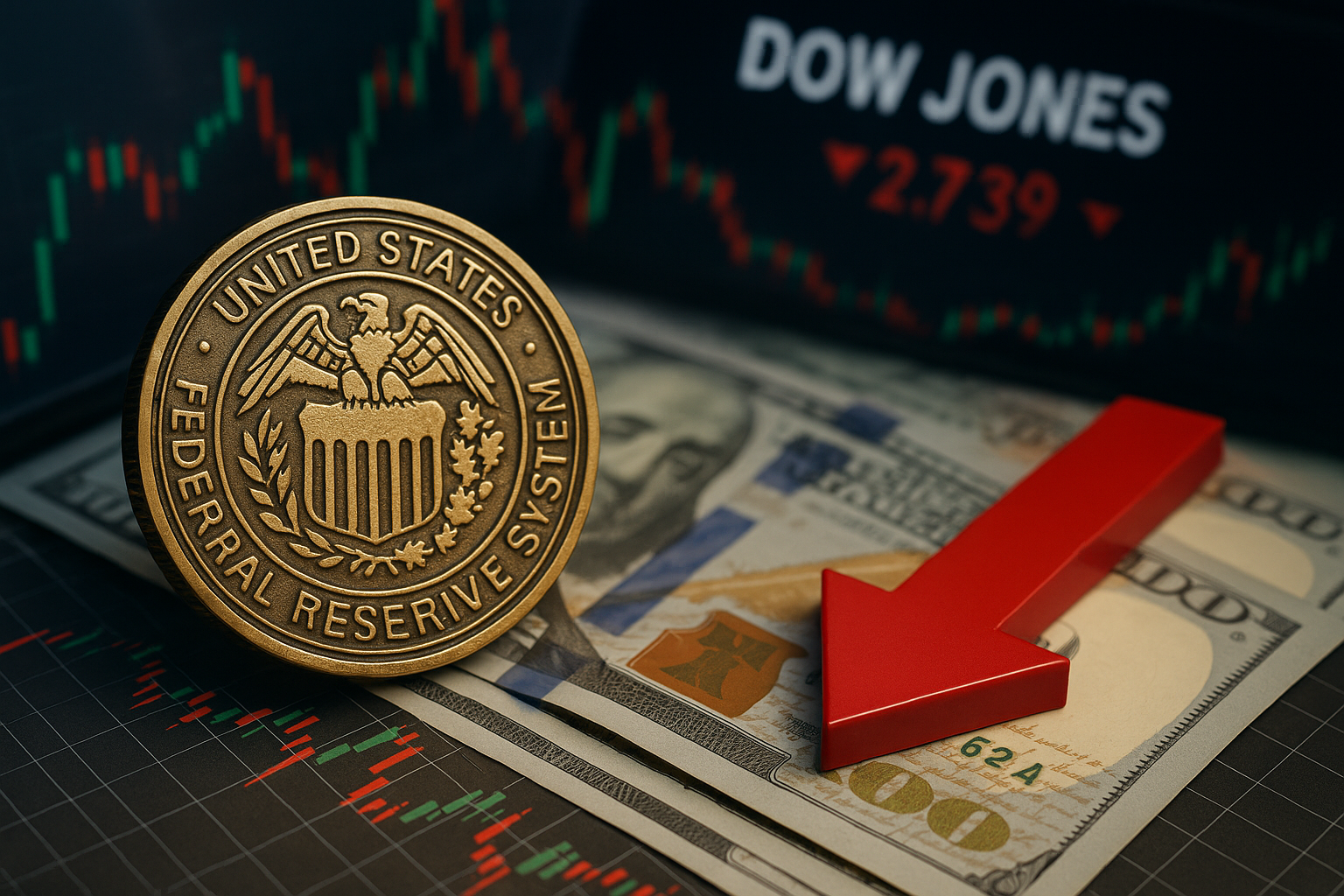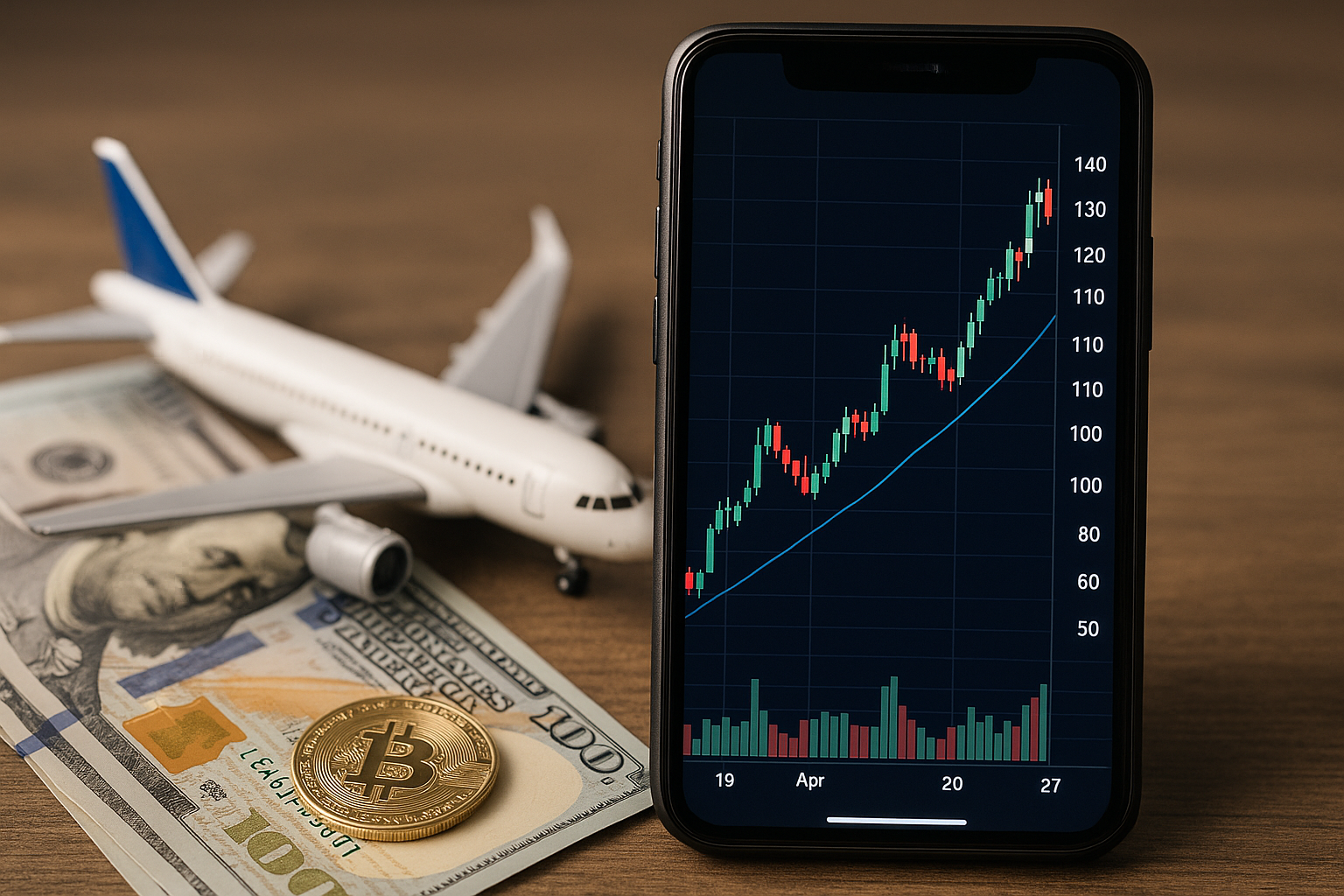Markets were already leaning toward rate cuts this fall. But President Donald Trump’s unexpected decision to fire Federal Reserve Governor Lisa Cook—and the legal standoff that followed—has injected new uncertainty into the central bank’s independence and policy path. Coupled with dovish rhetoric from Fed officials, traders are now betting almost unanimously on a September rate cut.
A Political Shock to the Fed
The move against Lisa Cook, an economist known for her work on labor markets and innovation, marks the first time in decades that a sitting president has attempted to remove a Fed governor mid-term. Legal experts argue the president may lack constitutional authority, raising the likelihood of a prolonged court battle. According to Reuters, the development has unsettled investors who prize the Fed’s ability to operate free from political pressure.
Meanwhile, markets are interpreting the shake-up as a signal that Trump wants looser monetary conditions heading into election season. The CME FedWatch tool now shows traders pricing in a near-100% probability of a 25-basis-point cut in September—up from 80% just a week ago.
Why This Matters for Investors
Central bank independence has long been viewed as a cornerstone of U.S. economic stability. Any perception of political interference could affect how global investors value U.S. debt and equities. Already, the 10-year Treasury yield has fallen to its lowest level in two months, reflecting heightened expectations of easier policy.
For equities, rate-sensitive sectors such as real estate investment trusts (REITs), utilities, and regional banks are immediate beneficiaries of lower borrowing costs. On the flip side, uncertainty over governance could add volatility to financial stocks, especially if legal rulings constrain the Fed’s flexibility.
Future Trends to Watch
- Court Rulings: Any judicial decision on Cook’s removal will set precedent for how much sway presidents can have over the Fed. Investors should monitor these developments closely.
- Fed Messaging: While Chair Jerome Powell has reiterated that policy decisions remain data-driven, markets will continue to parse statements for signs of political influence.
- Election-Year Dynamics: Historically, presidents have leaned toward looser financial conditions before elections. Trump’s actions may accelerate this trend, though at the cost of institutional credibility.
Expert Perspective
Bloomberg economists note that if the Fed delivers more than one cut in the coming months, the U.S. could see “a renewed cycle of easy money conditions not witnessed since 2020.” Others caution that premature easing could reignite inflationary pressures, which remain above the Fed’s 2% target.
Reuters highlights that some institutional investors, including pension funds, are diversifying into gold and short-term Treasuries as hedges against political risk at the central bank.
Key Investment Insight
Investors should view the current environment as a two-sided opportunity. Rate-sensitive sectors (REITs, utilities, small-cap banks) stand to benefit if cuts proceed. At the same time, political risk premiums may boost safe-haven assets like gold and U.S. Treasuries. Balancing exposure between growth plays and defensive assets could prove prudent until legal and policy clarity emerges.
Stay Ahead
As the Fed navigates both political pressure and market expectations, investors will need to weigh the opportunities in lower-rate environments against the risks of institutional disruption. Stay with MoneyNews.Today for daily insights on how Washington, Wall Street, and global markets intersect.





